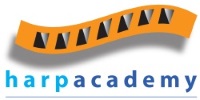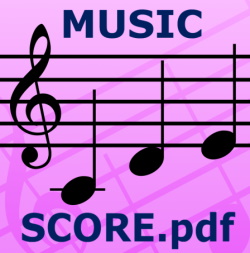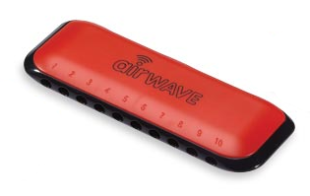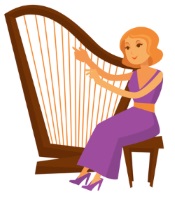C Major Arpeggio (10 holes)

 Broken chords
Broken chords
When we first pick up the harmonica, we usually start by blowing and drawing two or three holes at the same time. Right away the harmonica is fun and we feel musical because everything works and everything plays in tune. Blowing or drawing three notes (or more) at the same time means we’re playing a chord. When we add a rhythmic feel to our chord playing, it’s known as vamping.
Imagine if we dropped our wonderful chord on the floor and it broke into pieces! We’d need each of the pieces, or single notes, to rebuild the chord. If we picked up the notes one at a time and played them in sequence, ascending then descending, we’d be playing what’s known as arpeggio, or a broken chord.
 All the way up..
All the way up..
The first exercise we learn on the harmonica is the C major arpeggio. It teaches us to play single blow notes in a special pattern, rising and falling. It also teaches us to control our breathing, develop our mouth shape (embouchure) and learn our hand hold. Eventually we can slide between the notes with one breath, coordinating our hand movement and delivering each note to a beat.
But before we actually play our arpeggio, if we sing the pattern we will always remember how it sounds. Using the words all the way up and back down. Try this for yourself. Here is the tune. sing along to it a couple of times, then try it by yourself without the sound clip.
Great. Now that we have the music in our heads, we can start to play it on the harmonica. Here’s the arpeggio again, this time with tab notation to help you. The numbers show which hole to play. B means blow (breathe out).
4B 5B 6B 7B 6B 5B 4B
Now you can experiment with the arpeggio while playing along to our funky practise track..
 ..and back down
..and back down
Well done. We will soon be exploring tunes in our lessons, which include the notes of the C major arpeggio. But first we need to work on our draw, or breathing-in notes. What letter do you think we write to indicate a draw note? That’s right, it’s D. Now it’s time to learn our blow and draw notes using the C major scale.
Did you know?
 The term arpeggio comes from the Italian word arpeggiare. This means to play a harp. It refers to a classical stringed harp rather than a mouth harp like ours though. On a stringed harp we could easily pluck the notes of a chord one finger at a time.
The term arpeggio comes from the Italian word arpeggiare. This means to play a harp. It refers to a classical stringed harp rather than a mouth harp like ours though. On a stringed harp we could easily pluck the notes of a chord one finger at a time.
Key Skills
- Chord
- Vamping
- Broken chord
- Arpeggio
- Tab
- Blow notes
- Draw notes
- Slide notes
